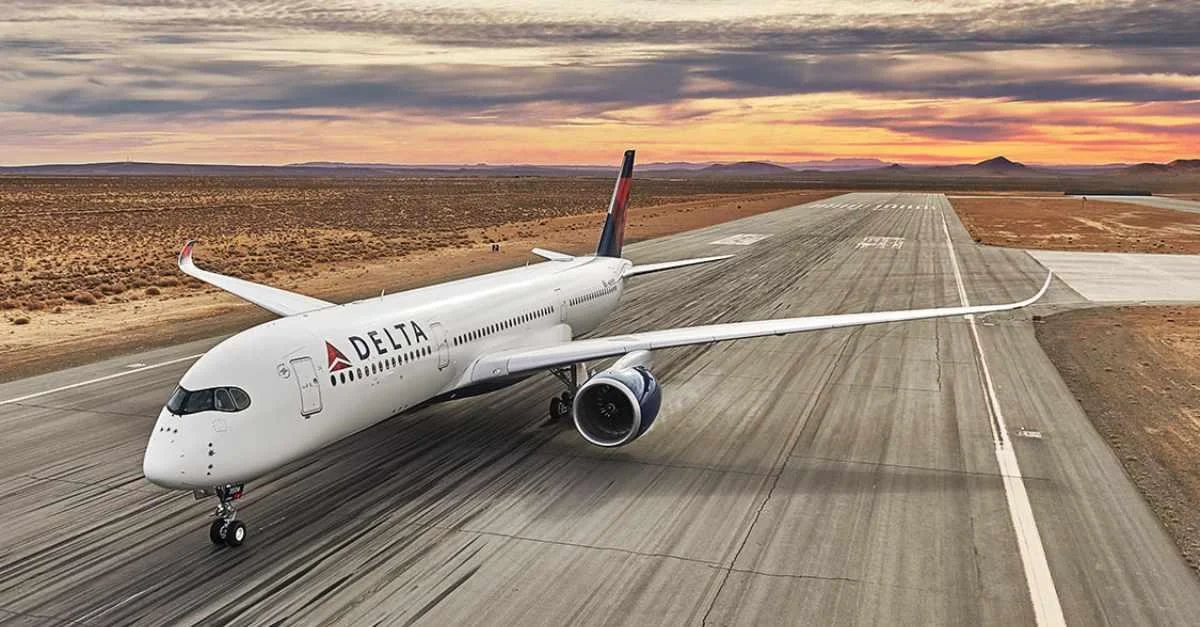"The ULTRA system is truly unique in its ability to conquer the tyranny of distance that inhibit operational use of current unmanned platforms at excessive ranges required in areas of operations such as the Pacific," stated AFRL.
ULTRA is based on a previously manned commercial sport glider and leverages commercial off-the-shelf drone technology with minimal custom avionics to provide a cost-effective solution for US Air Force needs. While exact costs are unclear, it is estimated that each unit could be around $8-9 million compared to the $30 million per-unit price tag of an MQ-9 Reaper. The Air Force's 2025 budget request includes $35 million for four ULTRA drones.
Part of the Reaper's high cost stems from its dual role as a strike UAV capable of launching Hellfire missiles—a capability not always necessary for long-range reconnaissance missions. This has driven the Air Force to seek simpler and cheaper alternatives like ULTRA.
ULTRA is developed by DZYNE Technologies Incorporated in collaboration with AFRL's Center for Rapid Innovation (CRI). Designed as an ultra-long-endurance ISR platform, it boasts over 80 hours of endurance and can carry more than 400 pounds of payload. Unlike some other drones, ULTRA does not carry weapons.
"ULTRA is designed to be an ISR truck capable of carrying a variety of electro-optical/infrared (EO/IR), radiofrequency (RF), other low-cost intelligence collection payloads, and sensors to provide the user with a reconfigurable missionized platform," according to AFRL.
The War Zone reported in May 2024 that ULTRA drones are already operational at Al Dhafra Air Base in the United Arab Emirates. Photos released by the Air Force showed crews preparing a ULTRA drone for an early morning mission on May 7.
"It is also worth considering that ULTRA could fill an important niche as an airborne datalink relay node, extending communications range on behalf of other assets," noted The War Zone.
While global attention remains focused on conflicts involving Russia and Ukraine or tensions in the Middle East, much US strategic planning targets challenges posed by vast distances in regions like Asia-Pacific—an area likely critical for ULTRA operations given its extensive geographical scope.
 Alerts Sign-up
Alerts Sign-up





































